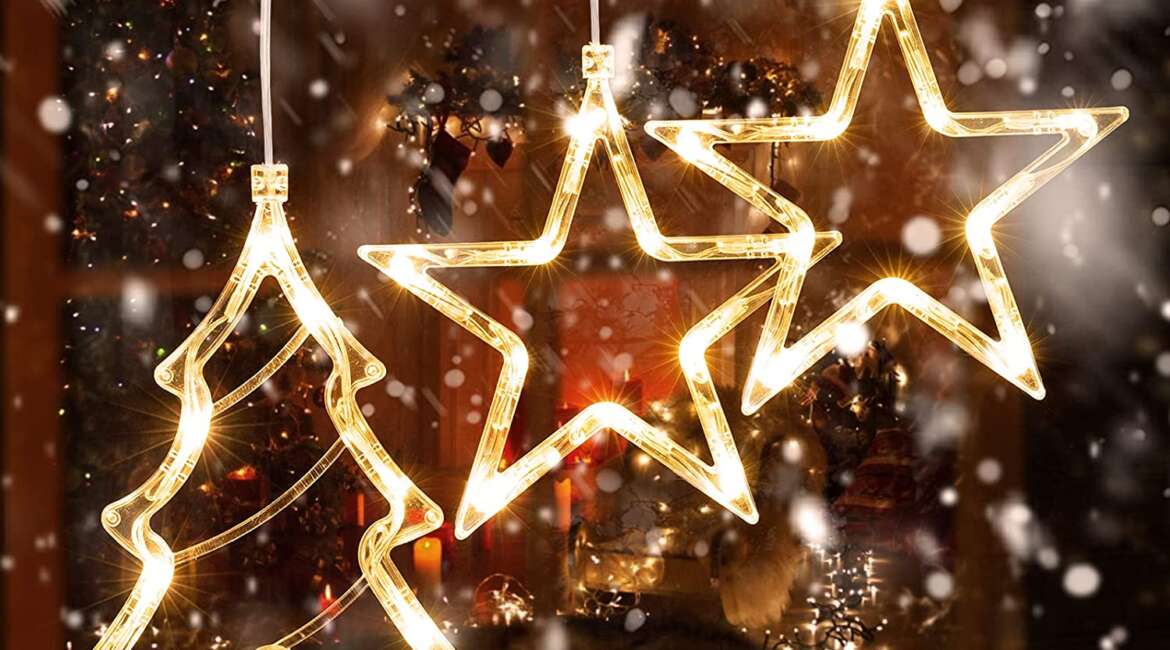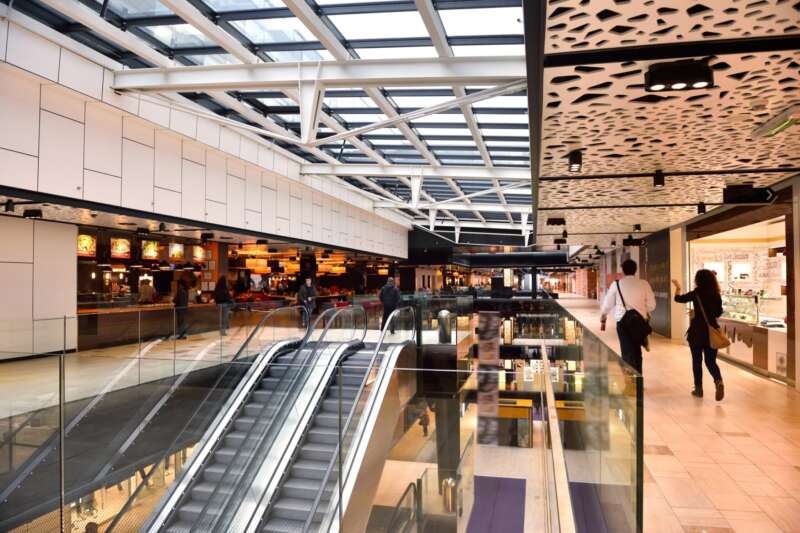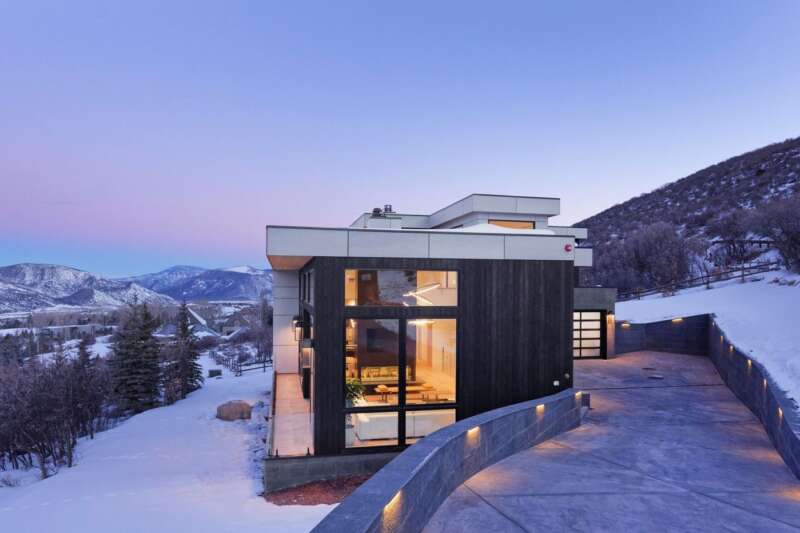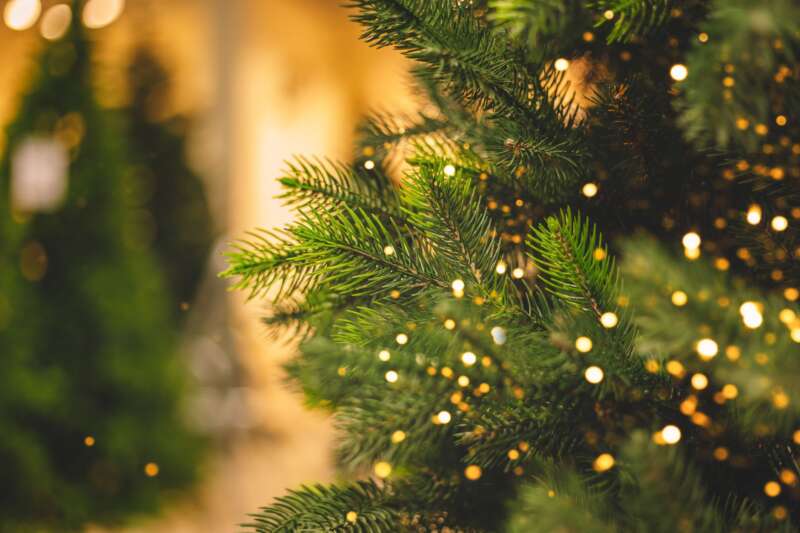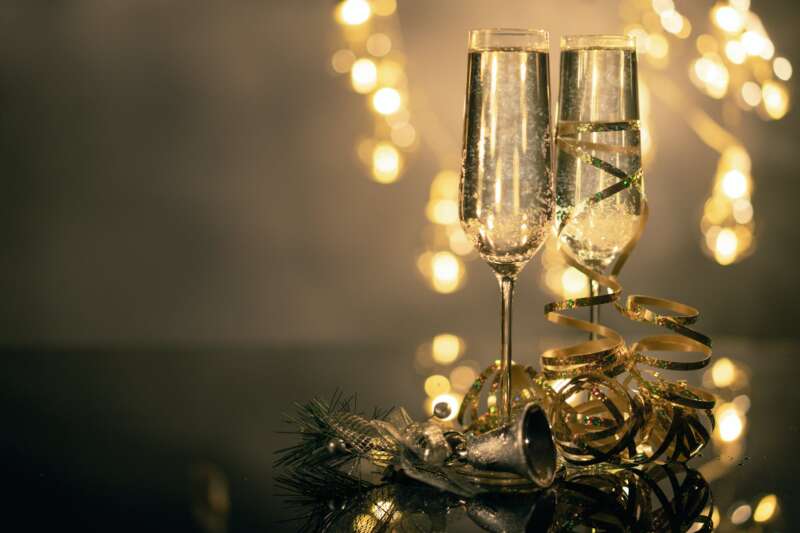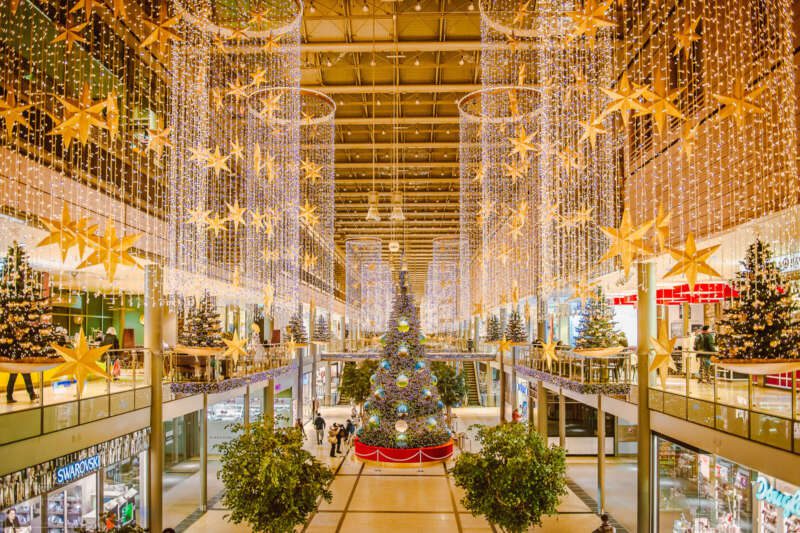Christmas LED Lights
If you use incandescent Christmas Lights for decorating, you might be wondering if it’s time to switch to LED lights since most lights sold in stores today are LED. What has led to the big switch to LED lights? Take a look at the benefits, considerations, and any drawbacks to getting LED lights. Here’s what you need to know to make an informed decision.
How LED Lights Work
LEDs use light-emitting diodes, rather than a filament to produce light. They are the most popular type for most every use—in homes, businesses and all around the world, year-round. These bulbs are highly energy-efficient, don’t contain mercury, and don’t get hot to the touch, so they’re a lot safer, too. They are used in the most commonplace light fixtures such as lamps, ceiling lights, or track lighting.
Similarly, LED Christmas lights are more efficient, durable and longer-lasting than fluorescent incandescent lights.
Money and Energy Savings
Incandescent bulbs waste energy; a full 90 percent of their energy is released as heat, which is why regular light bulbs get so hot. LEDs are a different story.
They also don’t require much maintenance. Since LED bulbs don’t burn out, they only get dimmer over time; you don’t have to fuss with replacing bulbs and fuses. Just plug them in, and they’ll light up reliably year after year.
Benefits of LED Christmas Lights
LED Christmas lights are safe to use indoor for your Christmas tree, wreaths, and garlands. They won’t send your holiday electric bills sky high, even if you tend to go a bit crazy with the Christmas lights.
Toss your lights in a box after Christmas and pull them out again next year. The bulbs are plastic, so you don’t have to spend much time wrapping them to prevent breakage. Plus, LED Christmas lights come in all styles, sizes, and colors; there’s truly something for everyone. You can even find snowflake-shaped lights, rope lights, and net lights.
LED Lights continue to improve; the first generation LED Christmas lights couldn’t match the pure white light of incandescent Christmas lights. The light was much bluer, and that was a turn-off for many people. However, LED Christmas lights are now available in bright and soft options. Choose cool white bulbs if you prefer the blue tone or warm white bulbs if you prefer more of a golden tone.
To summarize, the benefits of LED Christmas lights include:
- Durable and safe to the touch
- Energy-efficient; cheaper electric bill than incandescent
- Come in a variety of styles, colors, and sizes
Drawbacks
LED lights typically have a higher initial cost when purchasing them compared to traditional bulbs. However, you will offset that cost over time with lower energy bills and don’t need to be replaced as often. Most retailers have displays that allow you to try out the bulbs, and some may even have entire trees or displays decorated with them. Take a trip to the store to look at the technology first-hand to decide if LEDs are suitable for you.
Other Considerations
LED Christmas lights can seem harsh or “too cool” in color for some people. Although advances have been made, some believe the bluish-white light of LED lights can’t compare with the soft yellow glow of traditional incandescent lights.
Another interesting fact about LEDs, actually all light bulbs of all types, is that all light bulbs using AC power (alternating current) flicker. The flickering from the alternating current is so fast that it’s practically invisible to the naked eye.
When used outside, the brightness from LED lights is almost always the desired result; it enhances the appeal of an outdoor display.


